Have you ever wondered why we have so many pots and pans in the kitchen but only ever use one or two of them? Lack of organization may be what's to blame. Almost everyone has a pots-and-pans set in the kitchen that they almost never use. The most common problem is often a lack of storage space.
Pots and pans are bulky, and if they're not stored properly, they can easily become greasy, dusty, or worse — forgotten about. So, what's the best way to store them to keep organized?
There are many ways to organize your pots and pans, but we've found the five steps below to be the easiest and most efficient way to do it.
The kitchen is one of the most-used rooms in the house, and pots and pans are at the core of what brings our meals together. When they're not organized and stored properly, they can take up a lot of space and be difficult to find when you need them.
Follow these five tips to organize your pots and pans in the most efficient way possible:
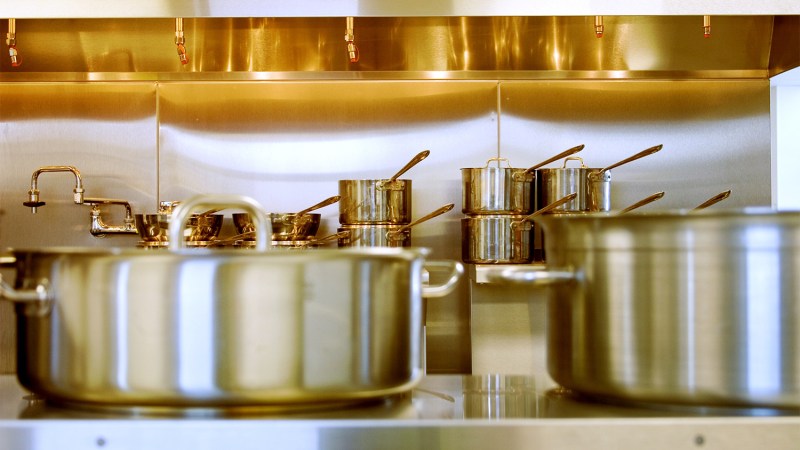
Why is it important to organize pots and pans?
Pots and pans take up a lot of space in the kitchen. If they're not organized, they can be difficult to find. And if you can't find them, they're almost impossible to use. If you count all the lids, colanders, and stainers, the average home has between 30 and 50 pots and pans, and each one of them needs a place to live.
Not only is it important to organize pots and pans to make cooking easier, but it's also important to do so to keep your kitchen looking neat. There are a few different ways to organize your pots and pans.
The most simple way is to group them by size.
You'd be surprised how much space you save by stacking them with the largest pots and pans on the bottom and the smallest pots and pans on the top. You can also use drawer dividers or cabinet organizers to separate your pots and pans. But if you do a lot of cooking, be sure they are just as easy to store away after cleaning as they are to access.
Step 1: Group pots and pans of the same size together.
Many of the pot and pan collections you purchase at department stores already fit well inside of each other. Stacking them inside of one another will save lots of space. This is the fastest method for starting to get organized, and best of all, it's totally free.
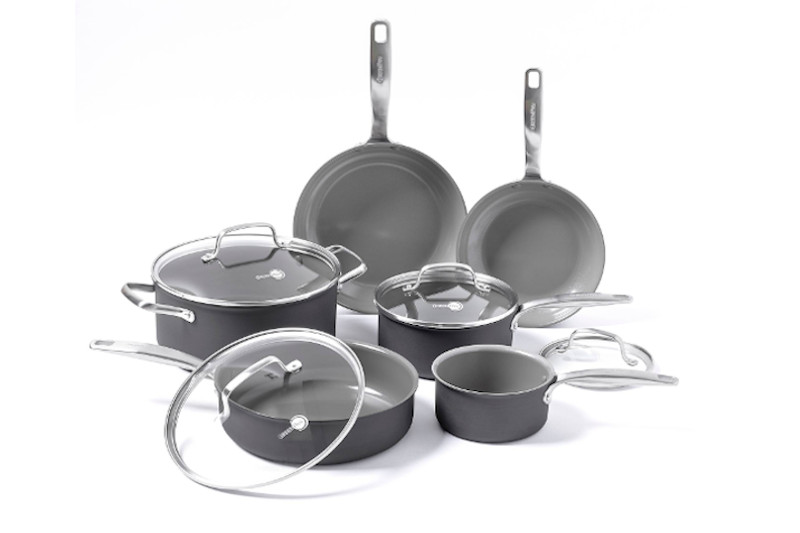
Step 2: Hang larger pots and pans from pot hooks or a pot rack.
Chances are you may have some unused kitchen space that would be perfect for hanging pots and pans. A dedicated pot rack is nice, but you can be creative and often find space over or near the sink where they can be hung.
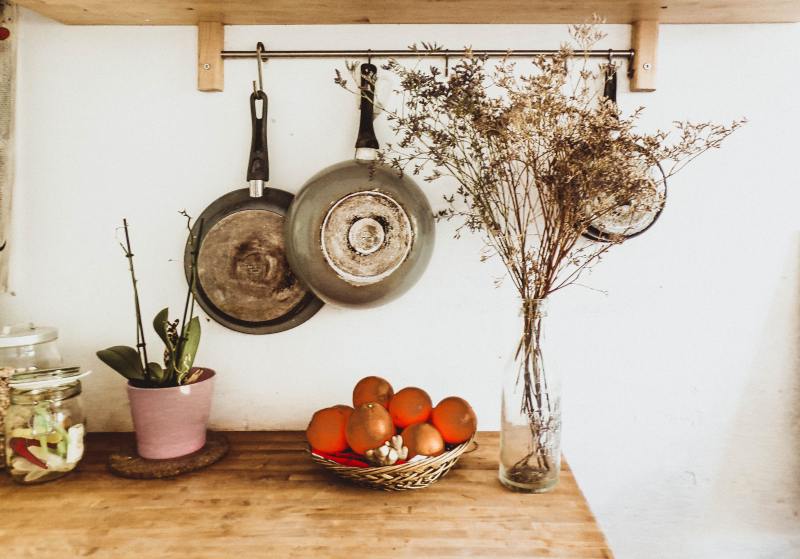
Step 3: Place lids for pots and pans in a designated place, like on a lid organizer or in a drawer.
If you have the extra drawer or cabinet space, it's a no-brainer to keep them together in a drawer. Although functional (and necessary), lids can be the single biggest culprit for making things seem messy and disorganized.
Find a dedicated place to keep lids that is easily accessible and your kitchen will instantly feel more organized.
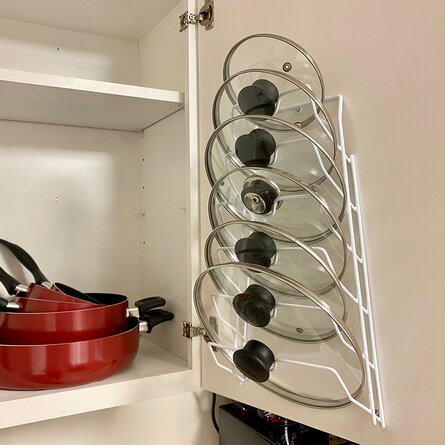
Step 4: Take a look at your oven for storage
If you're not much of a baker, the oven can be a great place to store pots and pans when not in use. The same rules apply when storing pots and pans inside the oven. Stacking them which will save you space and allow you to keep them organized and out of sight. Be sure that if you preheat your oven for its intended use, you remove the pots and pans before preheating.
Step 5: Use a caddy to store multiple pots and pans together.
Using an organizing caddy is great for keeping things organized. Organizing caddies will come in both vertical and horizontal orientations, so it's important to choose one that works best with your available space. We've found that an organizing caddy is the single best way to store lids in small or tight spaces.
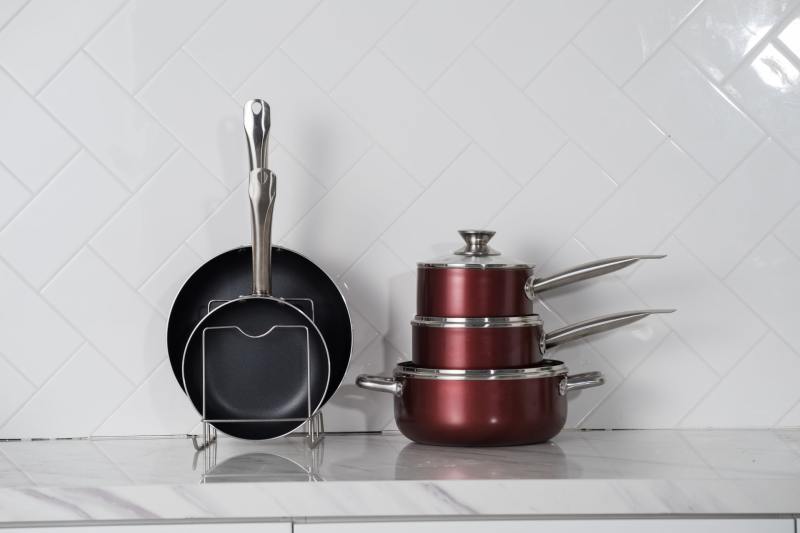
There are a lot of ways to organize your pots and pans in the kitchen, and the best way for you will depend on your specific needs and preferences. Regardless of how you plan to organize, getting started is the most challenging step.
An added benefit of organizing your pots and pans is that it's often a good time to cull the herd and donate some pieces you may never have used or no longer have a need for. Consider donating these items to local charities.
So come up with a plan and get started today. You won't believe how good it feels to have your pots and pans organized!




